The Third Leg of Your Digital Marketing Stool
The craft beer industry has undergone significant shifts in recent years, compelling breweries to reassess their approach to customer engagement and revenue growth. While many businesses scrambled to adapt their marketing strategies during challenging times, the most successful breweries discovered something crucial: traditional digital marketing channels, such as social media and websites, while still important, have significant limitations when it comes to reaching and engaging loyal customers.
Enter the world of app marketing—a third leg of the digital marketing stool that I believe many breweries and distilleries should consider. Unlike social media posts that reach only a fraction of followers, brewery apps deliver messages directly to 95% of users who opt in, with one in four customers engaging immediately. This isn't just about technology; it's about reclaiming the taproom as the heart of community while building sustainable recurring revenue streams.
In this conversation with Ross Stensrud, the founder of Tapwyse, we delve into how forward-thinking breweries are transforming traditional loyalty programs into powerful membership experiences, turning slow weekdays into bustling revenue drivers, and fostering deeper connections with their most valuable customers. The insights shared here reveal why some breweries are seeing 10x returns in their first year and adding hundreds of additional visits per month, all while strengthening the very community bonds that make craft beer special.
Key Takeaways
- Social media reach is broken: Even with 20,000 followers, fewer than 1,500 people see your posts. Compare that with app users, where 95% see push notifications
- Apps complement, don't replace: Websites capture Google search traffic, social media provides discovery, but apps drive engagement and revenue
- Action and reaction: The difference between social media marketing and App Marketing is that you can connect the dots directly from campaign to taproom visits to revenue
- The $1 beer strategy works: Customers coming for $1 beer promotions spend an average of $17.19 per visit
- Breweries can learn from the fitness industry: Unlike gyms that profit when members don't show up, breweries thrive when membership holders visit more often—creating a beautiful alignment where everyone wins
- Targeted messaging builds community: Segmented communications to members or specific beer style lovers create insider experiences
Read my interview with Ross Stensrud, founder and CEO of Tapwyse.
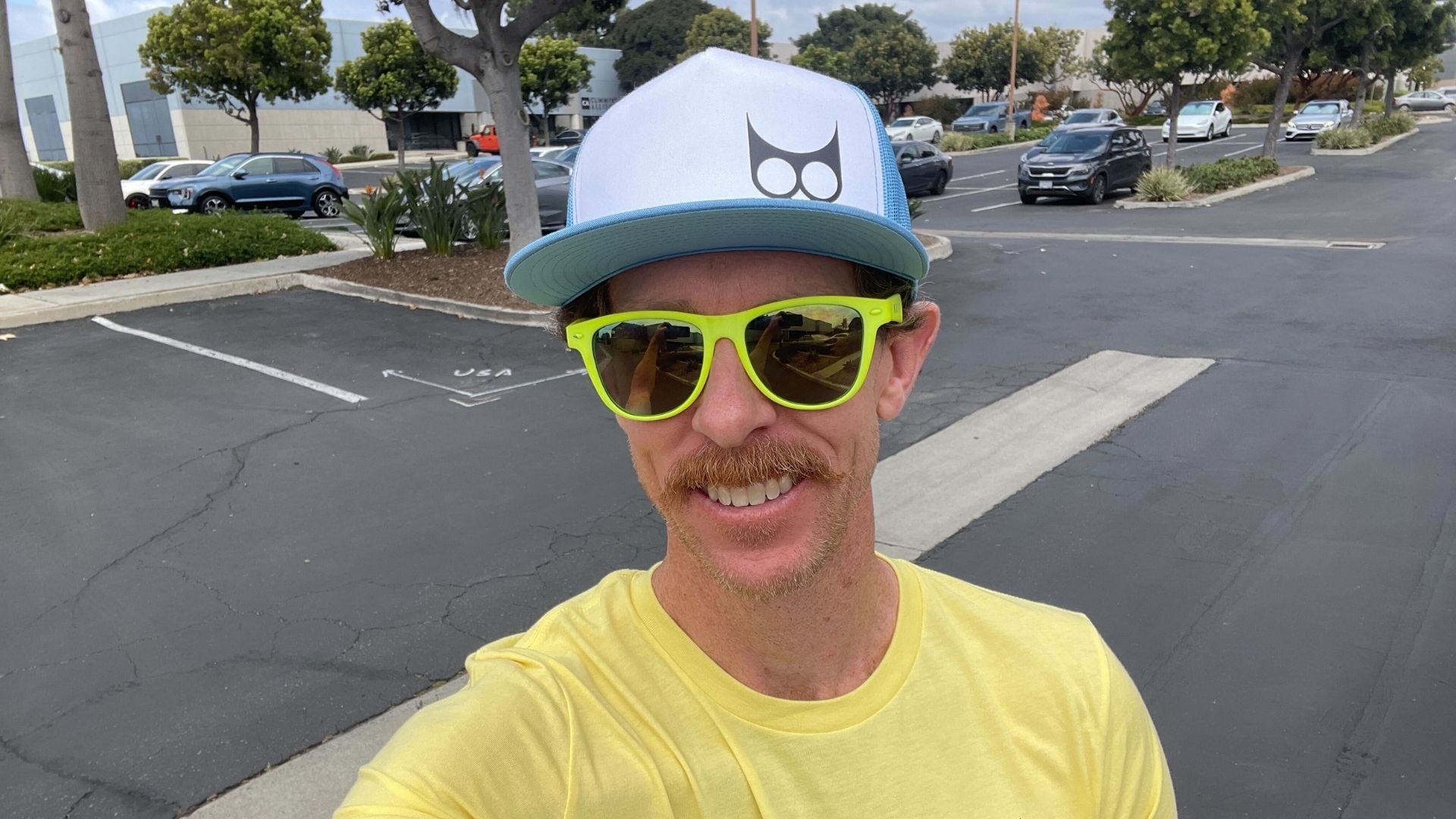
What major shifts are you seeing in brewery marketing post-pandemic?
Man… The world has changed so much in the past six months that the pandemic seems like it occurred a century ago! HA!
During that time, breweries got whipsawed entirely, but for the most part, did an incredible job handling it. There was a big shift to online ordering and to-go beer that had to happen while we were in the moment. You can still see the crowler machines in lots of taprooms, but for the most part online and to-go beer has gone away as people have returned to the taproom.
Third-party distribution was a viable channel for many breweries pre-pandemic, but it has since evaporated for all but a select few brands. It's unclear whether this was due to the pandemic or a natural progression of the market as the craft beer industry reached its peak.
More recently, the marketing challenge has become to add more taproom revenue streams and to put more butts on barstools. That taproom is the place where you can still make reasonable margins, so it's more important now than ever before.
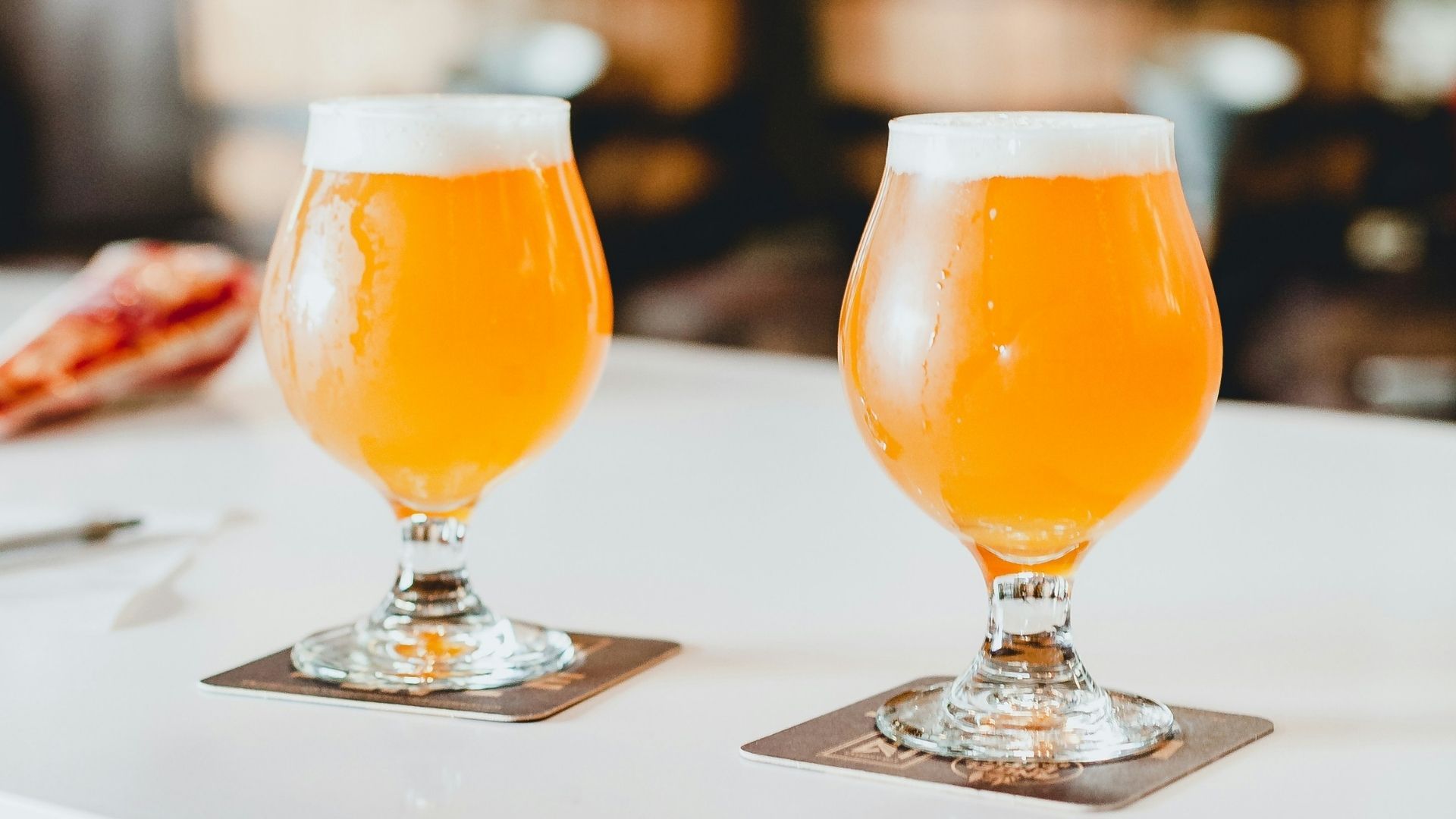
What are the most significant missed opportunities for breweries in their current marketing approaches?
So I came to TapWyse from the fitness world. Memberships fuel that industry. There is a huge missed opportunity for local breweries with the monthly membership model. And the incentives for breweries are better aligned than in fitness.
Gyms want to sell you a membership and then never see you again. The model is backwards.
In beer, we want to sell you a membership so that you come back more often. It's beautiful when everyone wants the same thing!
Now, back to the monthly aspect. From the data we have at TapWyse, we know that monthly memberships are much more profitable than yearly programs. The average monthly membership nets the brewery $226.09/yr while the average annual membership is priced at $138.47. That's almost $90 per member more with a monthly plan versus a yearly plan.
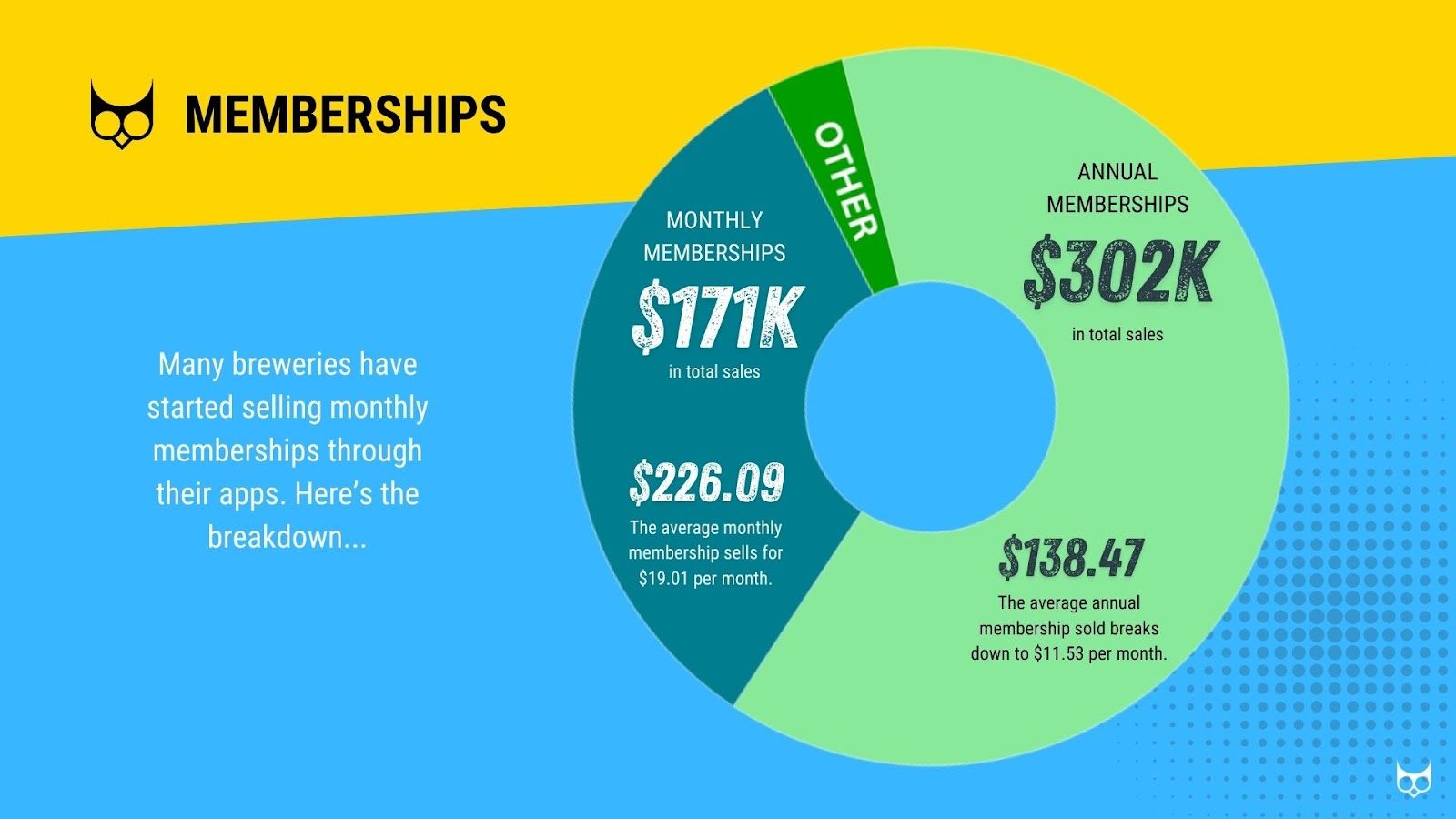
You’ve said to me that breweries need to go beyond websites and social media. What specific limitations do these traditional channels have?
Let me just be clear. I'm not suggesting that you should shut down your website and close your social media accounts. I think they have their place. You still need a website for discovery on Google and ChatGPT when someone looks up 'good beer' in your area.
You may still need a social media presence so people on those platforms can find you, but I think Jenny Pfafflin, Marketing Director of Dovetail Brewing, described the challenge beautifully in her interview with Brewer Magazine, explaining why Dovetail is "breaking up with social media." It comes down to reach. Even if you have 20K followers, fewer than 1,500 will actually see your post. That's 7.5% which is insane. I don't know how you work with that as a small business.
The reality of the world that we live in is that apps have become the preferred way for consumers to interact with their favorite brands and businesses. Craft Beer is no exception, and the benefit of having your own App Marketing channel is enormous! 95% of your guests who opt into push messages are going to see them, and 1 in 4 will engage with that message by tapping through or opening your app after receiving it.
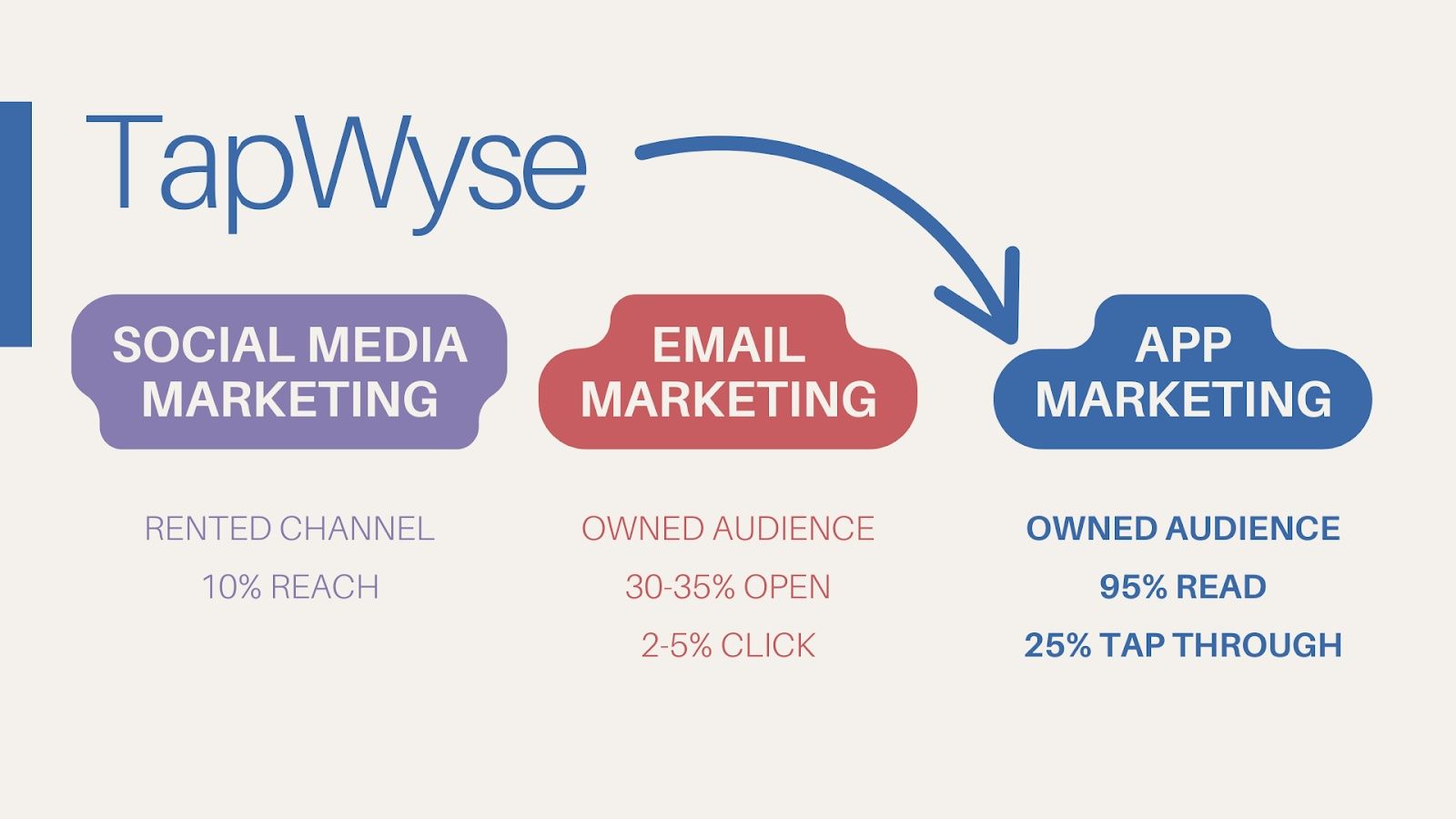
How do you quantify the difference between reaching customers through social media versus direct app notifications?
Social media has tons of metrics most of which don't actually translate to revenue. Views, engagement, The difference between social media marketing and App Marketing is that you can connect the dots directly from campaign to taproom visits to revenue.
For example, many of our breweries offer a first beer of the week for $1 as part of a taproom membership. Pure Project, Local Roots, and many others all do this. What’s brilliant is that people visit more frequently to redeem their beer discount AND they don’t drink just one beer. It turns out that the average tab for a $1 Beer visit is actually $17.19. It's all about putting more butts on barstools.
To take it a step further, flash rewards sent to all guests through your app can be even more profitable! One of the breweries we work with did a collab beer and pushed out a reward to all app users where for $5 you could get two 5-oz side-by-side tasters from each of the breweries. This reward was redeemed 101 times and the average check size was $26.34. This one reward netted them $2660.34!
"Cultivating community" is central to your philosophy. How exactly does a branded app foster community in ways that other digital platforms can't? What features have proven most effective for this?
The taproom is the original community hub, so on the tech side of things it really comes back to reach. The push message is such a powerful communication channel to make sure your community stays in the loop.
People already want to come to your brewery. They just need the excuse to do so. When you can send out a message with a 95% read rate, the phrase "I would have been there but I didn't know about it" goes away completely.
One more thing I should mention is that it's also really easy to segment your audience, so if you want to get a message just to your members for "Member Monday" or your IPA lovers when you drop a new Hazy, then it's really easy to do this and people love it. The more targeted you can get with your messages the stronger the community bond will become. And drinkers feel like Insiders at their favorite brewery.
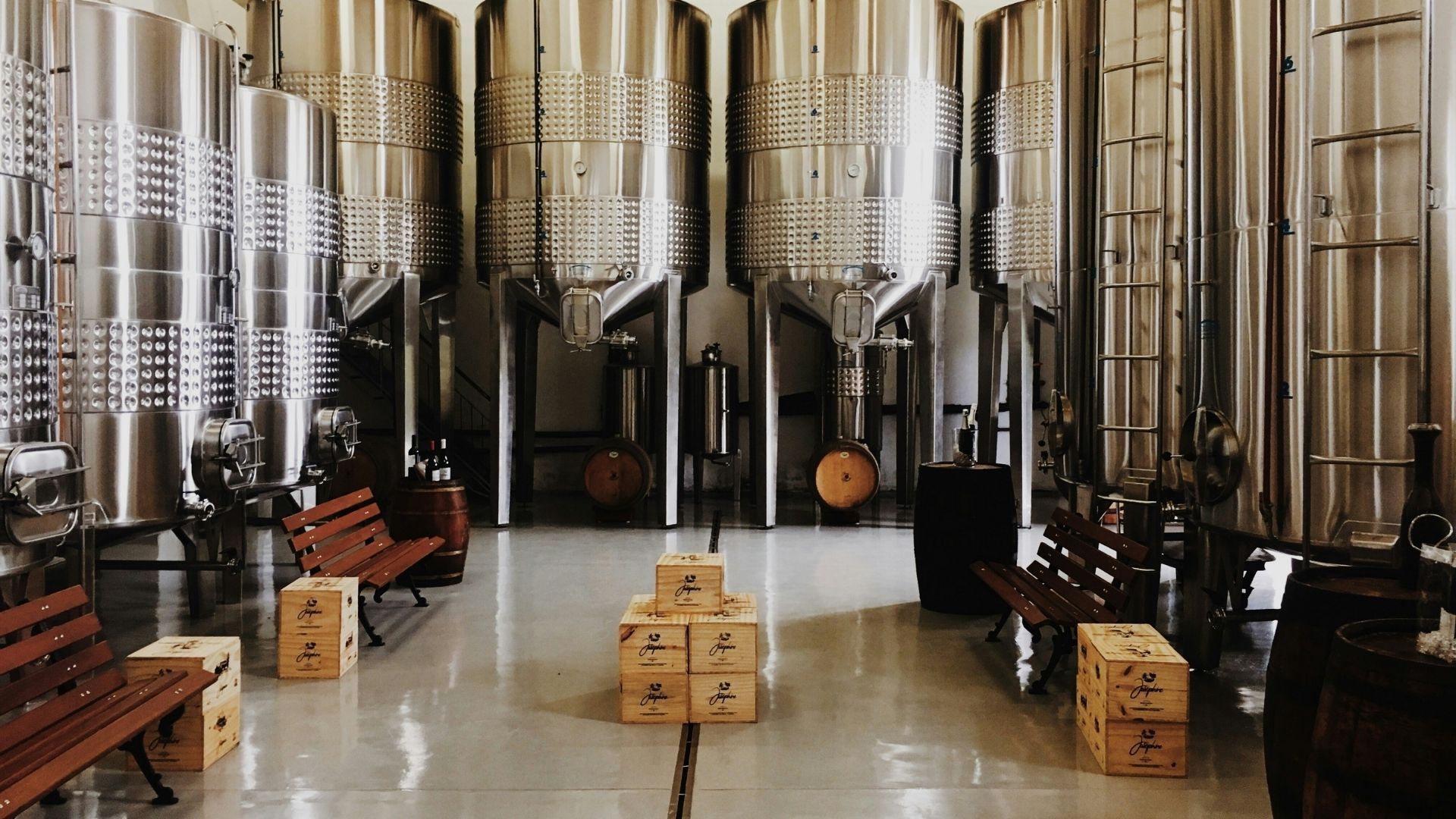
You've mentioned that most breweries see profits in their first month with custom apps and earn over 10x return in the first year. What specific metrics have surprised you most about customer engagement with brewery apps?
I've honestly been surprised by all of it. The big retail brands have been in the App Marketing game for a while now. We launched TapWyse to level the playing field between the big brands and the local craft breweries.
I now understand why the larger brands market to and engage with their customers through their own branded apps. It's extremely effective. I'm sort of glad I didn't know how well it was going to work when I was writing the business plan, because I think my partners would have told me I needed to charge more. HA! The fact of the matter is that I like working with the smaller guys. They tend to be more scrappy, innovative and motivated. My kind of people.
Your "Magic Memberships" feature transforms traditional mug clubs into digital experiences. What is this feature and how are breweries reimagining loyalty programs through their apps, and what impact has this had on recurring revenue?
I wouldn't say that "Magic Memberships" transform mug clubs into digital experiences. The experience always takes place in the taproom. We make it drop dead simple for you to run your program. We help you scale so that you can add meaningful recurring revenue to your bottom line.
Now that breweries can easily offer these types of membership programs, we've seen a ton of innovation in what people are doing. On the two extremes, we have programs that sell for $4.99/month up to $750/year. And the cool part is that both of those programs are selling really well!
The $4.99/month membership includes a locals-only menu Monday through Thursday. These were the slow days, but in just two months since launching this program, they have added over 500 visits. As a result, Monday through Thursday is no longer slow.
The $750/year membership includes access to a members-only speakeasy and a bunch of other exclusive perks, so you can see just how different these programs can be.
Oh yeah! There is one other idea I saw recently that I love. We are working with a brewery who launched a program called "Beer for the Year." For $120 you get one crowler a month for 12 months. Last time I checked on this the brewery had sold 8 of these memberships and given away 1 crowler. So they canned one $960 crowler. BRILLIANT!
The bottom line is that if the brewery we are working with knows what is going to move the needle for their guests, which most of them do, then putting the program together is the easy and the fun part.
For brewery owners concerned about the investment, what's a realistic timeline for seeing meaningful returns after launching a custom app? What factors most influence success?
We had a brewery that launched their first-ever membership program as part of the 22nd anniversary party. They made $12,500 in a couple hours. It was insane. Not every brewery is going to have 22 years of history to fall back on but it's pretty typical for a brewery to earn more at their launch party than the app will cost them for an entire year.
The part of this that I don't want to gloss over though is the number of visits you can drive through your App Marketing channel with flash rewards and revenue from added visits. Typically this will grow over time as more and more guests download your app. The average TapWyse brewery adds 81 visits per month. I think a good rule of thumb is to target that number 3 months after launch. Larger breweries will get there faster.
How should breweries integrate their app strategy with their existing marketing channels?
I touched on this earlier a bit, but let's dive in. First off, if you have a channel that is working great for you now, then keep doing that! Your App Marketing channel will not replace your website or your Instagram account, but it will help you become more efficient and productive, especially over time, as more guests download your app and your reach grows. If I were starting a brewery today, here is how I would use my different marketing channels.
I would set up my website to capture Google and ChatGPT search traffic.
I would set up my Instagram account with an initial set of pretty photos of my brewery and beers. I would add a post a week for a new beer or from an event at the brewery so that anyone who looks me up sees some recent activity at the brewery.
I would use my app to run my membership program and for guest engagement. I would ask my taproom guests to download my app with signage in my taproom highlighting my download reward. The king of download rewards is a free beer, but I'm in California, so I can't do that. The next best thing is a $1 beer, so I would do that. I would also capture staff referrals and spiff my staff for downloads.
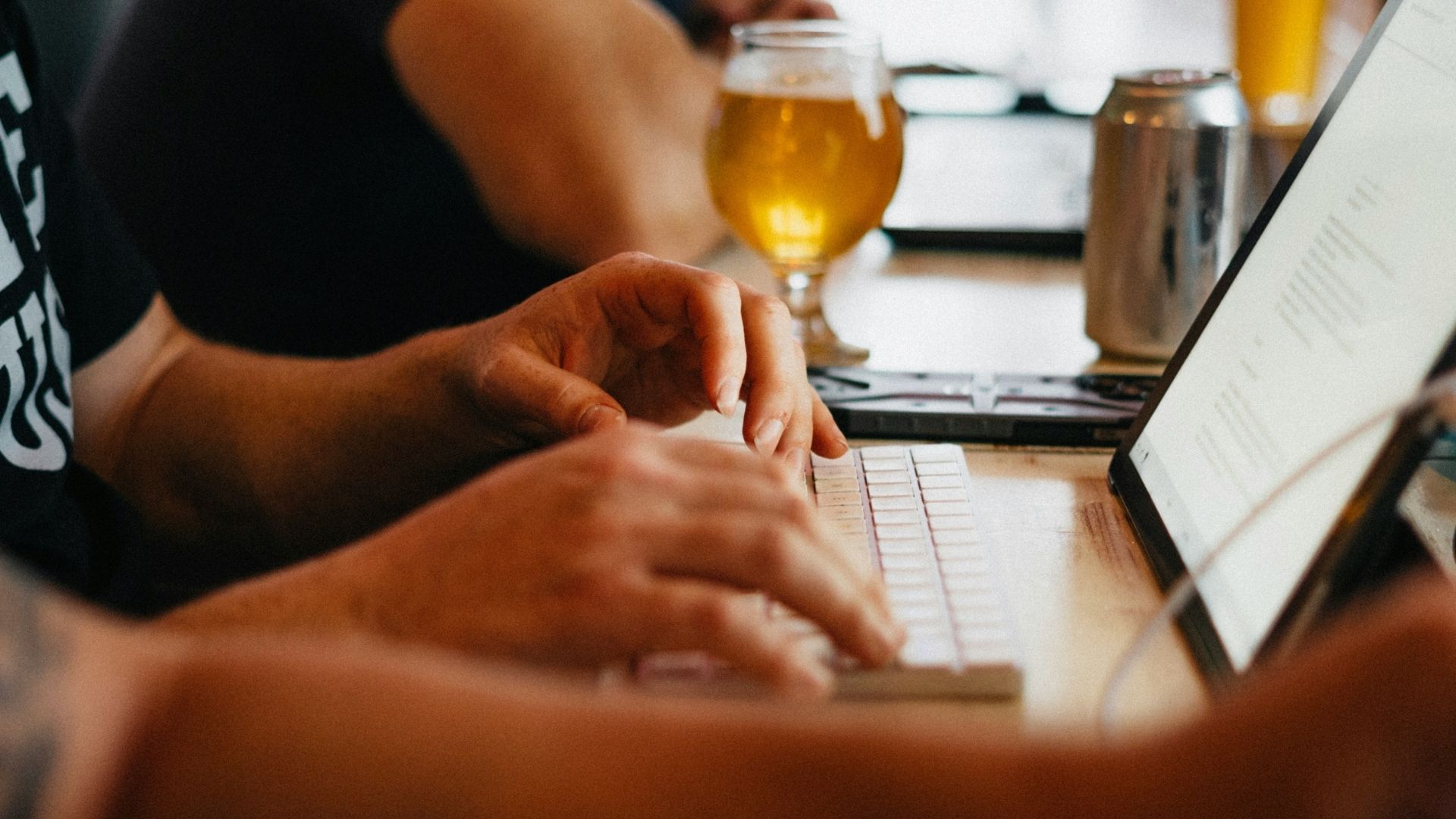
As you work with more breweries, how has your understanding of what makes an effective brewery app evolved? What features have you added based on customer feedback you hadn't initially considered?
Early on, most of the product updates were focused on supporting different types of memberships like numbered mug clubs, bottle clubs, invite-only memberships, founders memberships, and so on.
More recently, we added customer fields. Before this update, the customer profile included First Name, Last Name, Email, and Phone Number. Now our breweries can ask their guests for whatever info they want.
We've seen breweries use this in cool ways for things like communication preferences, birthday month, favorite beer styles, staff referrals and more. It helps the brewery get more personalized and targeted with their guest communication which is a win win for everyone.
Looking ahead 3-5 years, how do you see the relationship between breweries and their customers evolving through technology? What should forward-thinking brewery owners be preparing for now?
My goal is for App Marketing to become part of the standard playbook for all craft breweries. Apps are commonplace for big retail brands. I hope that, within 3-5 years, not just breweries but all local businesses will have caught up with corporate America. I hope that Apps and the App Marketing channel are considered just as critical for local craft breweries as their websites and social channels are today.
I hope that forward-thinking brewery owners are envisioning ways to cultivate a strong relationship with their guests and maximize this. I've been told that it's 10x more expensive to bring in a new customer than it is to keep the ones you have. I want the industry to maximize the value of the people who are already in the taprooms.

Concluding Thoughts
The strategies and insights shared in this interview represent more than just marketing tactics; they're a blueprint for sustainable growth in an increasingly competitive market. From transforming slow weekdays into profitable days to building membership programs that customers genuinely value, the potential for breweries to strengthen both their bottom line and their community connections has never been greater.
Ready to transform your brewery's marketing approach and build stronger customer relationships? Discover more innovative strategies and connect with fellow brewery professionals at Tapwyse. Join the community of forward-thinking breweries that are redefining what it means to engage with craft beer lovers in the digital age.
